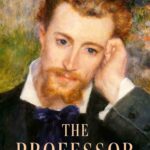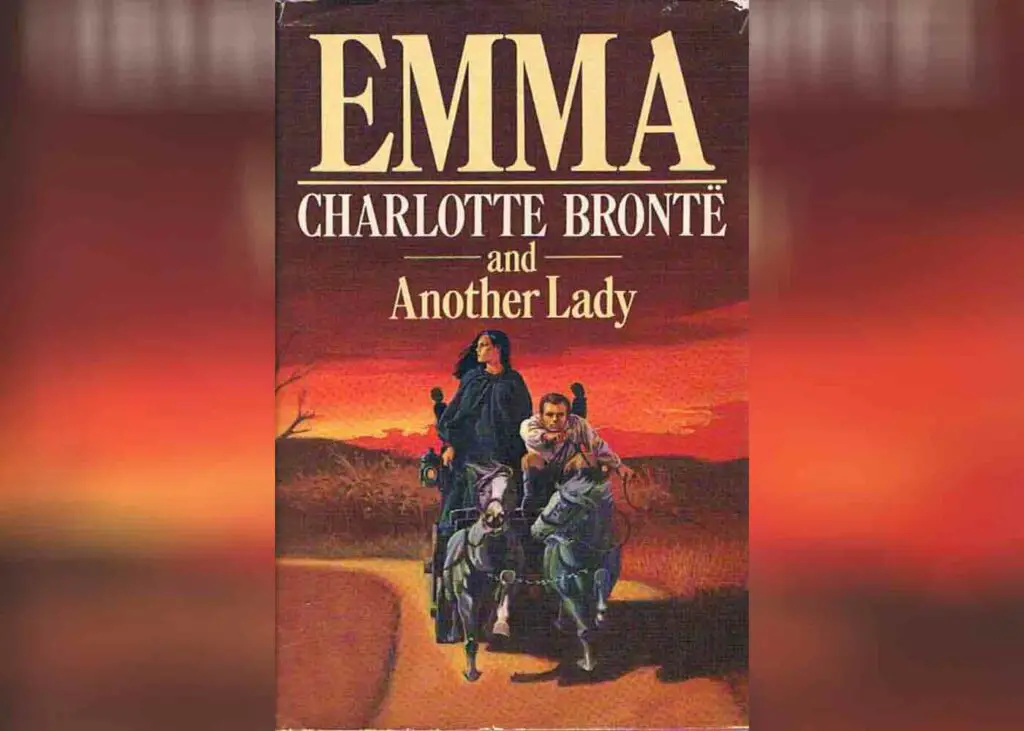
Emma by Charlotte Brontë – An Unfinished Mystery
Emma by Charlotte Brontë is an unfinished manuscript that, despite its short length, has inspired two continuations by contemporary writers.
In the final years of her life, Charlotte Brontë enjoyed literary success and was happily married to Arthur Bell Nicholls, a man she grew to love deeply despite not being attracted to him initially. From 1853 to 1855, her writing output slowed down, perhaps due to being occupied with her relationship problems; her father did not approve of Nicholls and opposed her marriage to him. Brontë’s friend and biographer, Elizabeth Gaskell, also alleged that Nicholls was not supportive of his wife’s literary career. Nevertheless, Charlotte produced several unfinished manuscripts during this time, including an intriguing 20-page fragment, Emma.
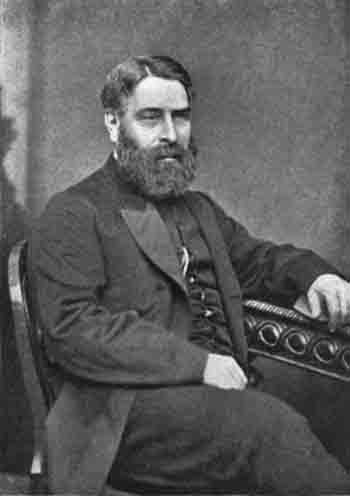
Synopsis
Emma is narrated from the viewpoint of Mrs. Chalfont, a widow often visited by the Wilcox sisters, who run Fushchia Lodge, a boarding school for girls, and Mr. Ellin, a lawyer. Mr. Ellin is a character from another unfinished novel by Charlotte Brontë, The Story of Willie Ellin.
A young heiress, Matilda Fitzgibbon, is enrolled in Fuschia Lodge by her father, Mr. Fitzgibbon. Although Matilda is withdrawn and eccentric, the Wilcox sisters show her special favor because her family appears wealthy.
When the Wilcox sisters send a letter to the address left by Matilda’s father, they discover that the girl’s identity is false; thus, it is unlikely that her father will pay her school fees. Moreover, Matilda is unable to answer any questions about her background. Enraged, Miss Mabel Wilcox interrogates her until she faints in fright. The sympathetic Mrs. Chalfont takes in Matilda, and Mr. Ellin decides to investigate and uncover the truth behind the girl’s identity.
In the first two chapters, Emma sets up a riveting mystery regarding the identity of an abandoned girl, Matilda. Despite the title, the manuscript does not reveal who ‘Emma’ is. Is ‘Emma’ the actual name of Matilda Fitzgibbon? Who is Mr. Fitzgibbon, her presumed father? Why did he assume a fake identity and abandon Matilda at a school? What roles will Mrs. Chalfont and Mr. Ellin play in the story?
Unfortunately, we will never know the author’s answers to these questions as she did not live to complete Emma. In March 1855, Charlotte Brontë died during a difficult pregnancy at the age of 38. After her death, Nicholls sent the unfinished manuscript of Emma to Charlotte’s publisher, George Smith, to have it published posthumously.
Emma Brown
With a promising premise and so many unanswered questions, it is not surprising that Emma has inspired two continuations. The first was published in 1980 and was written by ‘Charlotte Brontë and Another Lady.’ At first, the author was assumed to be Elizabeth Goudge, but this completion was done by Constance Savery, the author of Forbidden Doors (1929), among other works.
The second continuation, titled Emma Brown, was written by Clare Boylan and published in 2003. In this version, Matilda’s real identity is Emma Brown, a girl who was sold to Mr. Fitzgibbon by her mother. Drawing inspiration from Charlotte’s letters, Boylan focuses on the plight of the London poor and the city’s criminal underworld.
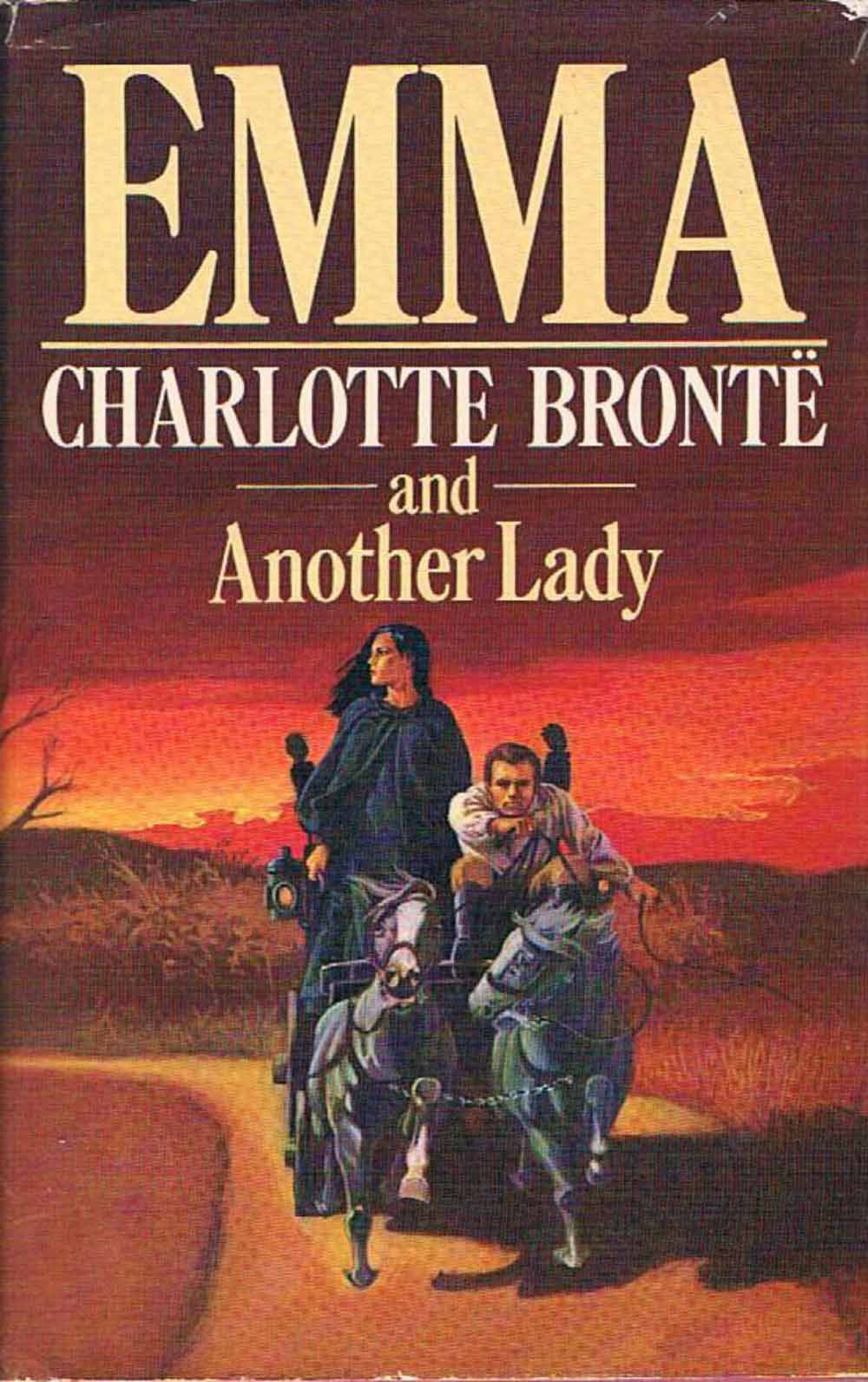
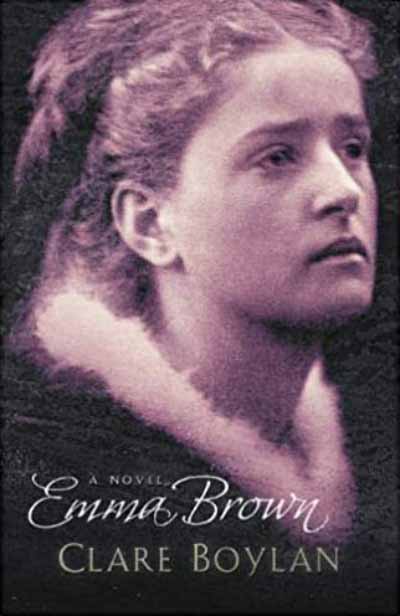
Boylan’s extensively researched completion was well-received by critics. A reviewer in The New York Times wrote that Boylan’s “sense of the period is both precise and evocative’’ and that she “has evidently steeped herself in Brontë’s letters and writings.”
On the other hand, Boylan’s Telegraph obituary criticized Emma Brown, saying that it “conveyed little of the deep moral and theological framework that underpinned Charlotte Brontë’s writing.”
One can only imagine how Charlotte Brontë would have completed Emma. Would she have turned it into a mystery novel as Boylan did, or would she have gone another route?
It is a pity that she did not complete it, but at the very least, the manuscript remains for future generations of writers to take inspiration from.


